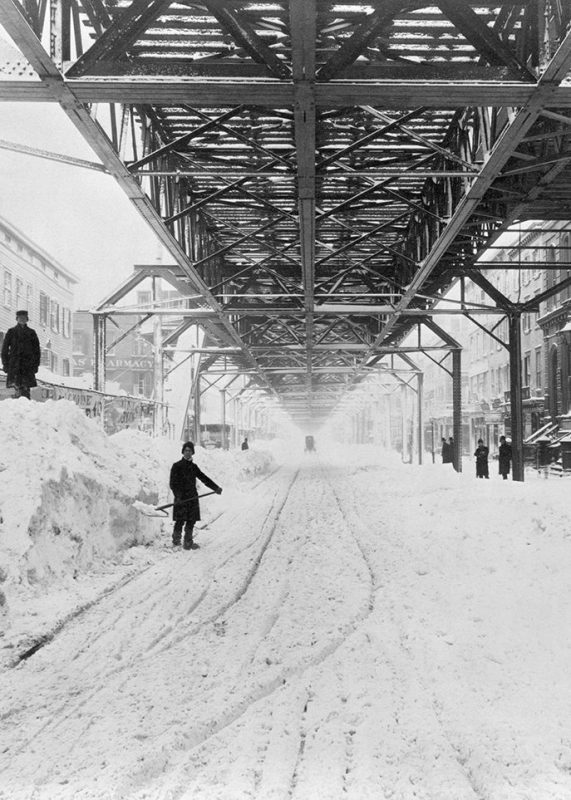With summer nearly over and fall fast approaching, before you know it, it’ll be the dead of winter. (We like to be realists here at RealClearLife.) For those of you who call the East Coast home, that will likely mean ear-biting cold, slicks of ice under foot, and depending on the year, torrents of snow.
For those of you who have been caught in a blizzard in New York City or New England, you’ll know that despite the city government’s best efforts, the aftermath is somewhere close to pandemonium: Subway service is spotty, the streets are caked to the hilt with soot-infused snow, and spinouts and accidents happen everywhere.
Now, imagine that happening well before modernity kicked in—when horse-drawn carriages still roamed the streets of the Big Apple and New England.
Between March 11–14, 1888, the Eastern part of the U.S. got pummeled with one of the deadliest snowstorms in history, one that killed 400-plus people and dumped 55 inches of snow on some areas. In New York City alone, the storm killed 200, with 21 inches of snow falling over three days and wind gusts reaching 85 mph as it brought the city to a standstill. One major outcome of the event was that city officials—fearing another catastrophic snowstorm in the future—ended up moving many of its utilities below ground.
What was it like to live through the event? Albert Hunt gave this eyewitness account in 1949 of his memories of the blizzard, as it happened in the New England town of Winsted, Connecticut. Watch the clip below.
This article was featured in the InsideHook newsletter. Sign up now.
























